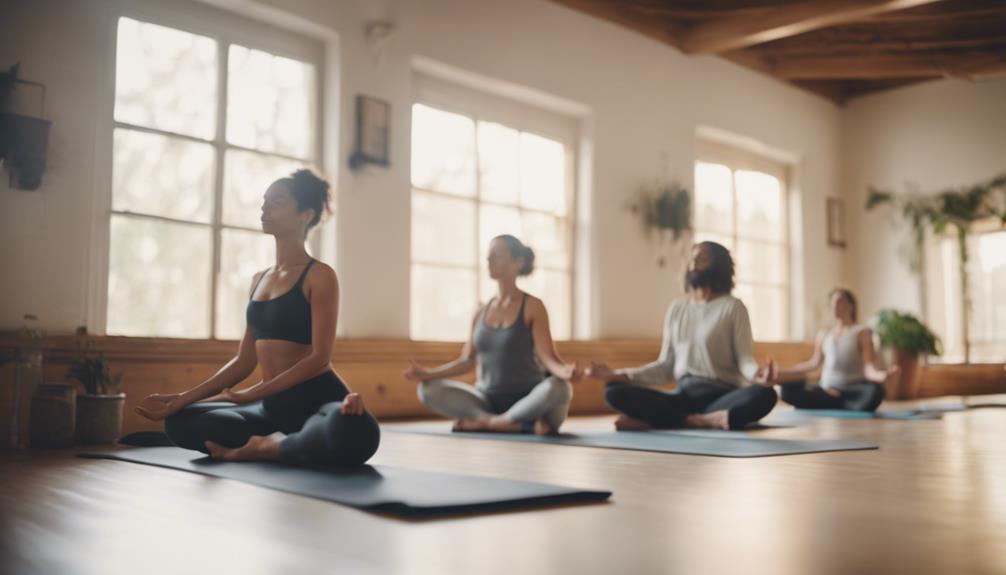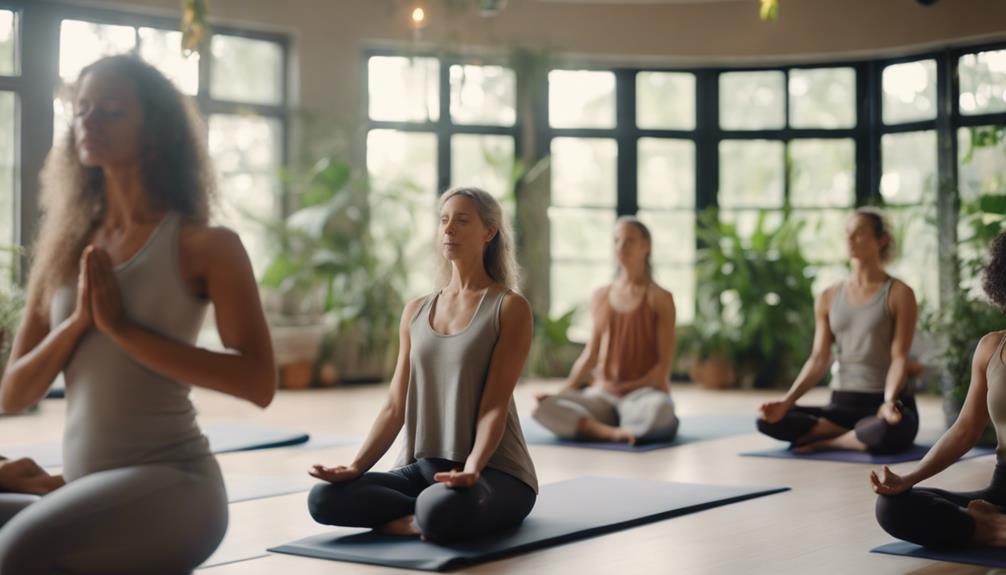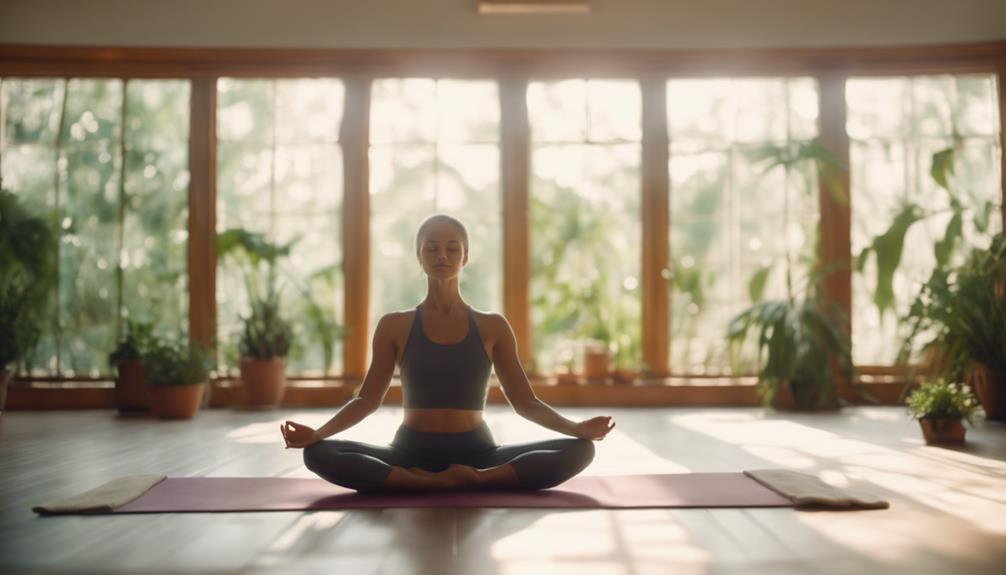Yoga and breath have a significant and interweaved relationship that has been practiced for a seriously prolonged stretch of time. Yoga, a physical, mental, and significant discipline that began in old India, involves the breath as a critical part in its preparation. The relationship among yoga and breath isn’t simply an event; rather, a purposeful coordination redesigns the upsides of the two practices.
1. Understanding the meaning of breath in yoga practice
Breath is a fundamental piece of yoga practice. Believe it or not, it is as a rule said that breath is the expansion between the body and the mind in yoga. Understanding the meaning of breath in yoga can essentially redesign your preparation and help you with achieving further levels of loosening up, obsession, and mindfulness.
In yoga philosophy, breath is implied as prana, and that signifies “life power” or “fundamental energy. It is acknowledged that prana flows through the body through the breath, taking care of and invigorating every cell. By focusing in on the breath during yoga practice, you can exploit this fundamental energy and channel everything through your body.
One of the fundamental goals of yoga is to foster a state of harmony and balance between the body and mind. By paying respect for the breath, you are better prepared to synchronize your advancements with your internal breaths and exhalations. This synchronization helps with making a sensation of flow and perfection in your work on, allowing you to move even more mindfully and no problem at all.
Significant, discerning breathing similarly expects a key part in promoting loosening up and decreasing stress. Exactly when you are feeling fretful or overwhelmed, one of the quickest approaches to calming your mind and body is to focus in on your breath. Slow, controlled breathing institutes the parasympathetic tangible framework, which helps with killing the body’s stress response and induce a state of loosening up.
Moreover, breath mindfulness can help with chipping away at your obsession and fixation during yoga practice. Exactly when you are mindful of your breath, you can get your thought at the present time, rather than becoming associated with redirecting considerations or outside interferences. This updated focus can help you with staying more attracted and present in your work on, allowing you to get the full awards of each posture.
In addition, coordinating breath work into your yoga practice can in like manner essentially influence your emotional success. By practicing significant, diaphragmatic breathing, you can convey strain and critical sentiments set aside in the body. This can help with fostering a sensation of inner peace and emotional balance, allowing you to investigate life’s hardships with more important flexibility and quietness.
As a rule, the breath is a helpful resource that can overhaul each piece of your yoga practice. By fostering a mindful cognizance of your breath, you can exploit the boundless expected inside yourself and experience the critical relationship between your body, mind, and soul. So next time you step onto your yoga mat, try to stop briefly to focus in on your breath and let it guide you on an outing of self-discovery and change.
2. How significant breathing helps with calming the mind and reduce stress during yoga
one of the key parts that can immensely update your experience is significant breathing. Significant breathing techniques, generally called pranayama in yoga, expect an immense part in calming the mind and diminishing stress during your yoga practice.
Huge quantities of us realize that stress and anxiety can truly influence our overall thriving. Exactly when we are stressed, our bodies release cortisol, the fundamental stress synthetic, which can incite an extent of unfriendly outcomes on our physical and mental health. However, what numerous people may not comprehend is that our breath is unusually connected with our stress levels.
By deliberately practicing significant breathing techniques during yoga, we can establish the body’s loosening up response and advance a sensation of perfection and peacefulness. Significant breathing helps with toning down our heartbeat, relax our muscles, and quiet our minds. Exactly when we revolve around our breath, we can make some separation from the reliable talk of our perspectives and be accessible at that point.
During yoga practice, as you travel through various poses and groupings, significant breathing can help you with staying related with your body and keep a sensation of mindfulness. By synchronizing your improvements with your breath, you can make a flowing and intelligent practice that licenses you to liberate strain and stress from both your body and mind.
Right when we are stressed, our breath will overall become shallow and erratic, which can add to impressions of anxiety and strain in the body. Significant breathing helps with killing these responses via carrying more oxygen into the body and conveying carbon dioxide, which helps with controlling the body’s pH levels and reduce all around stress.
As well as calming the mind and diminishing stress, significant breathing during yoga can in like manner help with extending your energy levels and work on your general sensation of thriving. By taking drowsy, full breaths, you can deal with your flow, support your protected structure, and advance a state of loosening up that allows your body to recover and reestablish.
Whether you are a painstakingly pre-arranged yoga master or a beginner, incorporating significant breathing techniques into your preparation can help you to experience a more significant sensation of relationship with your body and your breath. By fostering a mindful experience with your breath, you can foster a more conspicuous character mindfulness and presence that can help both your physical and mental health.
3. the different breathing techniques used in yoga, for instance, ujjayi breath and alternate nostril breathing
the breath is seen as of most outrageous importance. It fills in as an association between the mind and body, helping with making a pleasing relationship during the demonstration of asanas, or yoga postures. There are different breathing techniques used in yoga, each with its own benefits and purposes.
Potentially of the most typically elaborate breathing system in yoga is ujjayi breath, generally called “ocean breath” or “victorious breath”. This breathing technique remembers breathing for and out through the nose while barely getting the back of the throat. This makes a sensitive mumbling or ocean-like sound, which can help with focusing the mind and expand the breath. Ujjayi breath is a large part of the time used during really overpowering or dynamic yoga practices, for instance, vinyasa or power yoga, as it helps with making inside power and augmentation energy flow all through the body. This sort of breath can moreover help with calming the mind and conveyance pressure, making it a huge gadget for stress help and loosening up.
Another renowned breathing methodology in yoga is alternate nostril breathing, generally called Nadi Shodhana. This methodology incorporates using the thumb and ring finger of the right hand to alternately discourage and convey the nostrils while breathing. This helps with changing the flow of prana, or life force energy, in the body, as well as calm and clear the mind. Alternate nostril breathing is commonly used as a starter practice for meditation, as it can help with focusing the mind and wipe the slate clean and balance. It is moreover acknowledged to help with purifying the energy coordinates in the body, promoting in everyday health and flourishing.
Despite ujjayi breath and alternate nostril breathing, there are various other breathing techniques used in yoga, each with its own clever benefits. For example, Kapalabhati, or “skull shining breath”, incorporates solid exhalations through the nose while the girth quickly draws in. This breathing strategy is made sure to help with purifying the lungs and sinuses, as well as addition energy and essentialness in the body. Bhastrika, or “thunders breath”, incorporates fast areas of strength for and breaths and exhalations through the nose, helping with building heat and enable the body. These are a few occurrences of the many breathing techniques that can be incorporated into a yoga practice to overhaul physical and mental flourishing.
For the most part, the relationship among yoga and breath is areas of strength for a remarkable one. By incorporating different breathing techniques into your preparation, you can foster your knowledge of the mind-body affiliation, increase energy flow, and advance overall health and thriving. Whether you are new to yoga or a painstakingly pre-arranged proficient, examining different breathing techniques can help with working on your preparation and bring a more essential sensation of balance and harmony to your life.




